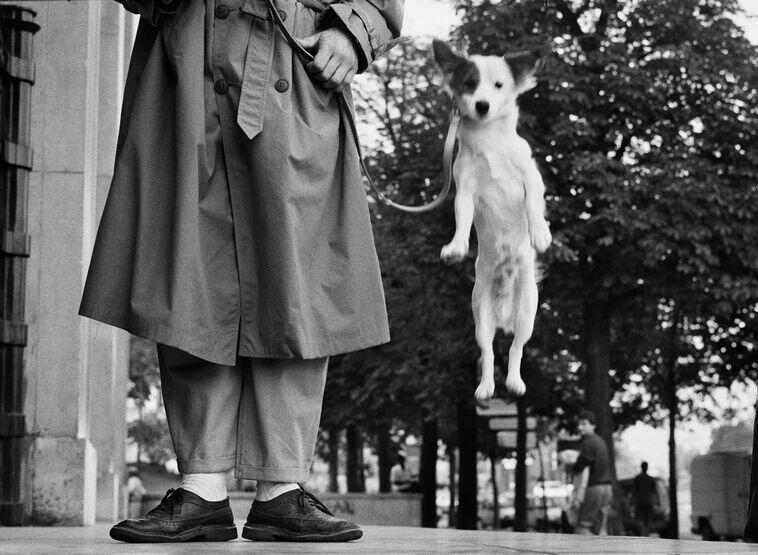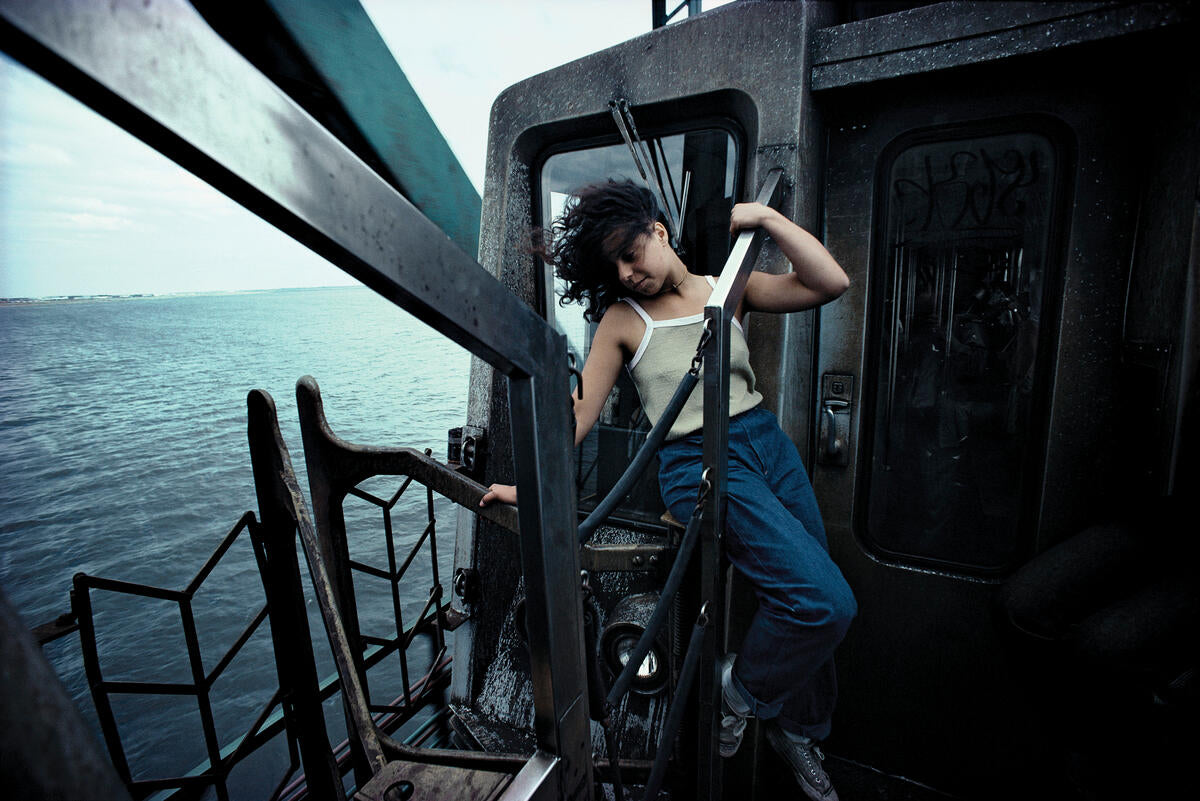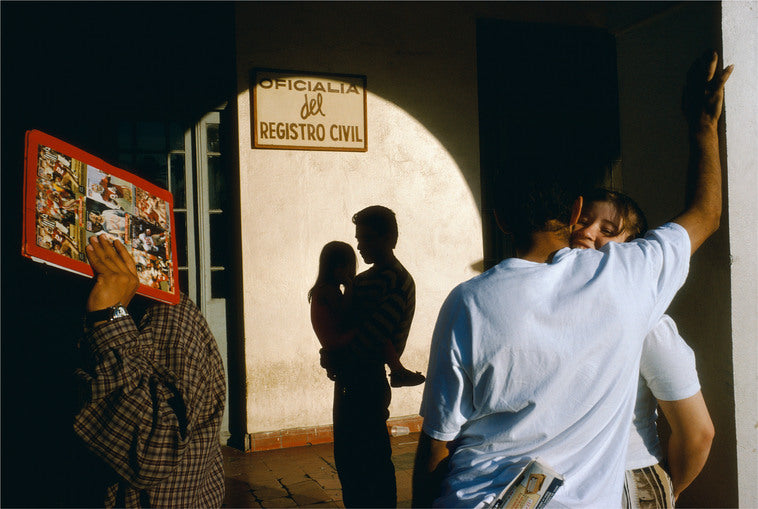Magnum Gallery represents all generations of Magnum photographers and estates, honoring the legacy of its 75-year old archive whilst nurturing the careers of the co-operative’s younger generation of photographers. Operating in Paris, Magnum Gallery has a robust online and offline exhibition program and works with institutions, seasoned collectors, as well as amateurs in the art world, aiming at a wide public engagement for art.
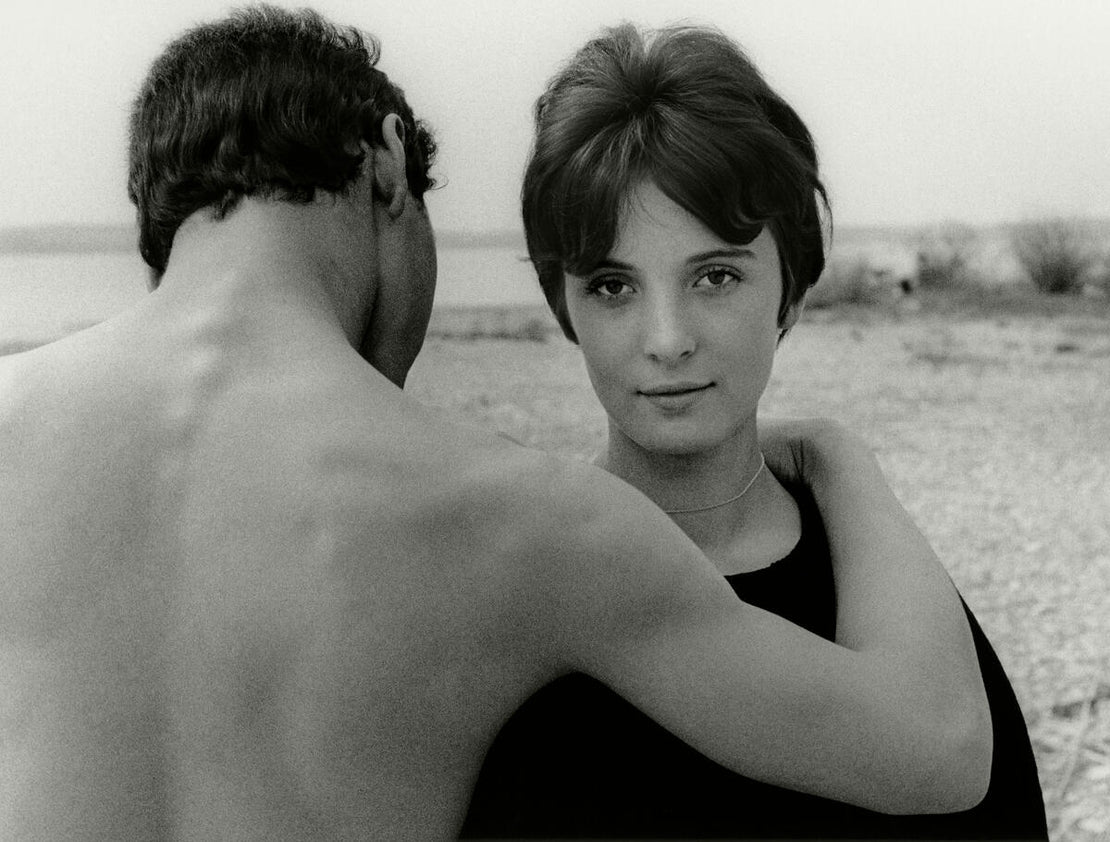
READ
Herbert List's Couples, In Three Vintage Prints
"List’s images are hardly ever just happy and carefree," writes Peer-Olaf Richter in an interview with Magnum Gallery Director Samantha McCoy. "There is usually a sense of stillness, contemplation, or even melancholy present."
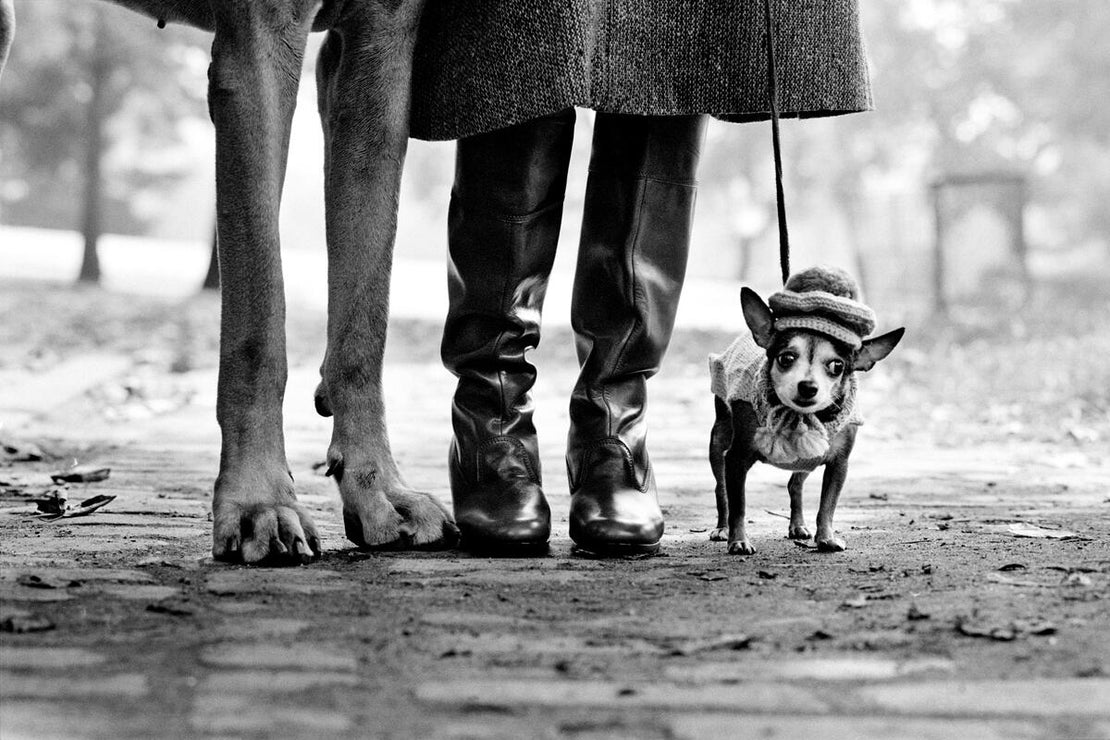
ON VIEW
But Seriously
This exhibition brings together black-and-white photographs that exemplify the combination of wit, absurdity, and elegance wholly characteristic of Elliott Erwitt's work and perspective.



